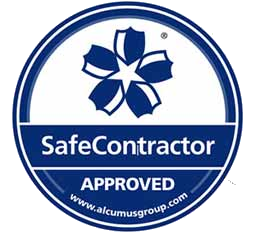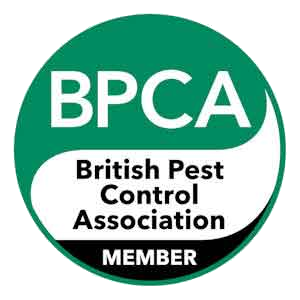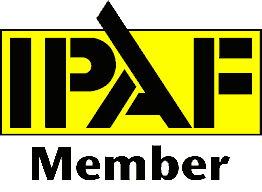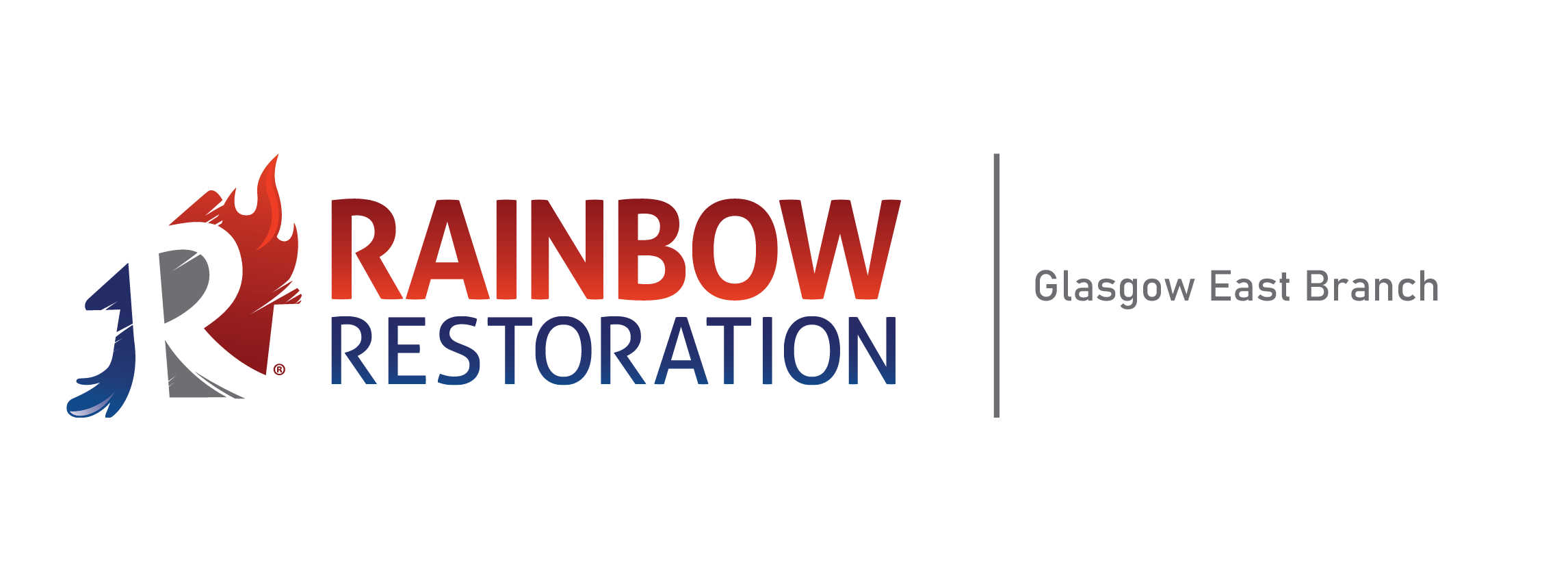
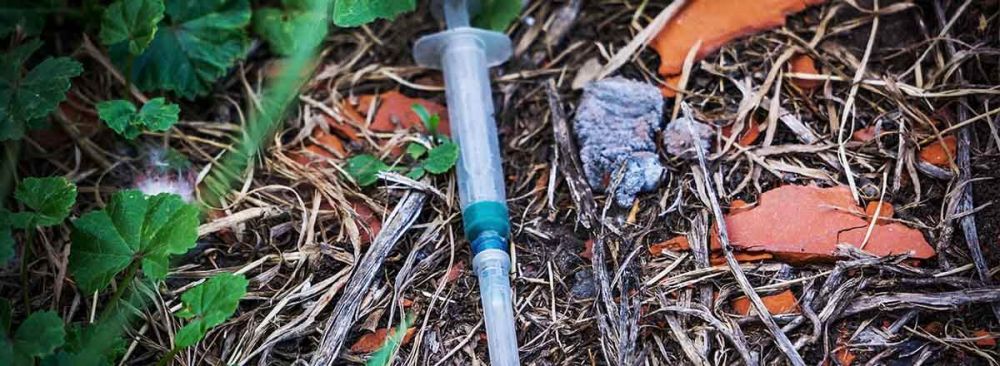
Unexpected Hazards in the Workplace
When considering the health and safety of a workplace (whether inside or outside), most risk assessments deal with what to do with hazards like fire, flooding, and other, less significant dangers that workers may face on a daily basis.
But what are some of the more unexpected hazards you might encounter in the workplace? And how can you reduce the health risk caused by these hazards?
Needles.
Last year, the BBC announced that reports of discarded needles and other drug-taking equipment in Glasgow were at the highest level in a decade. Glasgow City Council was contacted more than 800 times in 2020 to remove needles from public places, highlighting the city's serious issue with discarded needles. While these are perhaps not as likely to surface in workplaces indoors, if you work on construction sites, in parks, or other outdoor environments, you may well come across used needles when you're just trying to do your job.
Pigeon poop.
Many buildings throughout Glasgow city centre are topped with countless pigeons, who are just waiting to do their business on passers-by! While unsightly and inconvenient, pigeon poop actually has some serious potential health effects. Breathing in dust or water droplets containing contaminated droppings can result in a flu-like illness called psittacosis. Also, in 2019, a news report linked the death of a child in Glasgow to a fungus called cryptococcus, which is prevalent in soil contaminated by pigeon droppings. It's important, then, that any pigeon poop in and around the workplace is regularly cleaned up.
Asbestos.
In 2019, the Guardian reported that between 200-300 people die every year from exposure to asbestos in schools. And the situation regarding asbestos in the workplace is equally worrying. Asbestos was used as a cheap building material in many structures until it was revealed to be dangerous. The Health and Safety at Work Act in the UK seeks to protect employees from the risk of mesothelioma, a rare cancer caused by asbestos. Asbestos may be an issue in any building constructed before the year 2000, so any dangerous asbestos must be removed.
Mould.
Mould produces allergens and irritants that can cause reactions and general discomfort. According to the NHS, for those with underlying health conditions, regular exposure to mould can be damaging for their health and can cause skin problems and asthma attacks. The good news when it comes to mould and dampness, though, is that it can be treated and removed with little fuss. The issue that caused the mould in the first place, whether it's a leaky pipe or a cracked roof, for instance, will also need to be repaired to stop mould from reappearing in the same spot in the future.
Electrical dangers.
There are many causes of electrical hazards in the workplace, ranging from poor wiring, outdated electrical equipment, and water damage to affected areas. Electrical dangers are heightened when areas are dirty and littered, as the fire risk increases. According to Fire Scotland, there were almost 25,000 fires reported in Scotland in 2019-20, many of which originated from electrical dangers at home and in the workplace. Electrical hazards in the workplace should be assessed and repaired, and employee areas should be kept clean and tidy to limit the fire risk caused by electrical issues.
How to reduce the health risk of unexpected workplace hazards.
Keeping your workplace clean and tidy is the best way to reduce the health and safety risk of unexpected workplace hazards.


